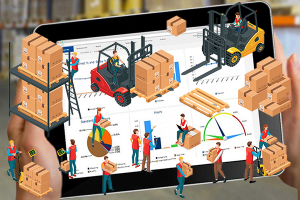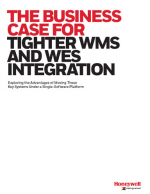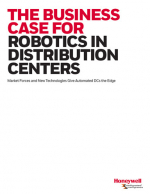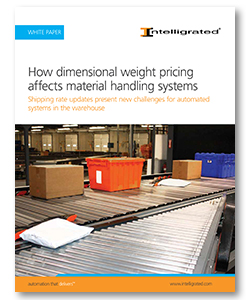How Dimensional Weight Pricing Affects Material Handling Systems
Shipping rate updates present new challenges for automated systems in the warehouse
FedEx and UPS made waves throughout the supply chain with the announcement of shipping rate updates that subject packages measuring less than three cubic feet to pricing based on dimensional weight.
Before the update, carriers priced items smaller than three cubic feet based on actual weight and larger items based on actual size.
This means e-commerce retailers could ship small items in large boxes filled with lightweight protective packaging for roughly the same price as smaller, denser boxes.
From the retailer’s perspective, corrugate cases offer superior item protection and are easier for automated equipment to handle. However, from the carrier’s perspective, reduced package density inefficiently uses cargo space and increases the cost per package. The dimensional weight (DIM) calculation enables carriers to better correlate the price charged for the shipment of an item with the space used on the delivery truck.
According to a Wall Street Journal report, the new rate structure affects more than a third of all ground packages, the majority of which weigh less than five pounds. According to its 2014 service guide, FedEx calculates dimensional weight by multiplying the length by the width by the height (in inches) of each package, then dividing the total by a volumetric divisor, listed as 166 for domestic shipments. The final figure is then rounded up to produce the billable dimensional weight. UPS uses the same calculation.
What’s Related




Favorites





